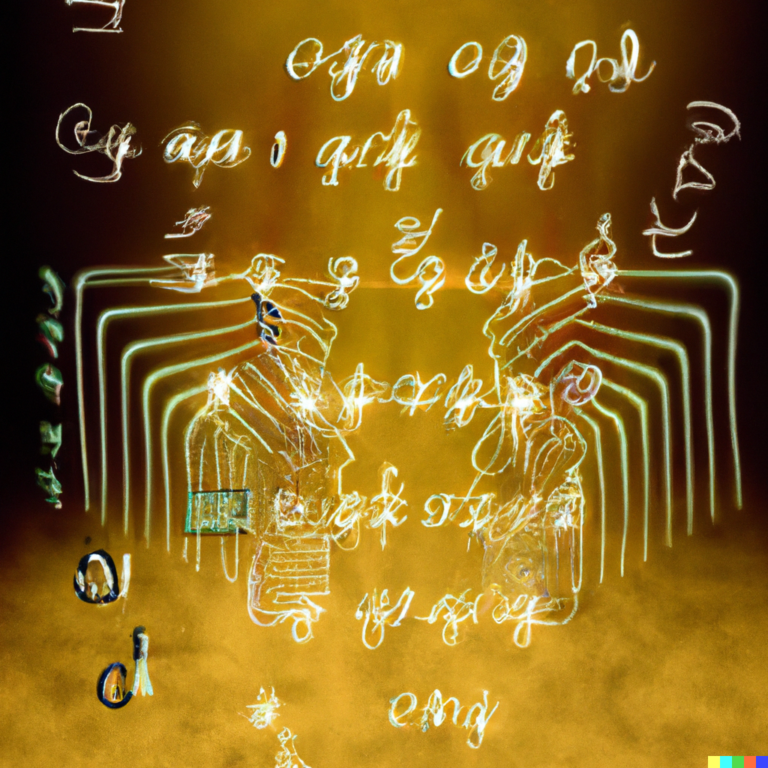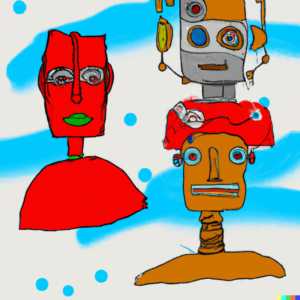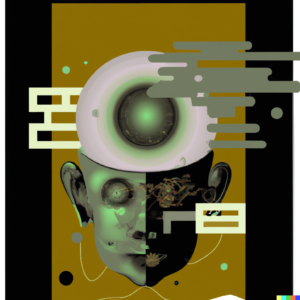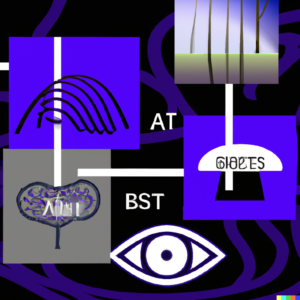Language models are a key component of natural language processing (NLP), a field of artificial intelligence that focuses on enabling computers to understand, interpret, and generate human language. Large language models, in particular, have gained a lot of attention in recent years due to their impressive performance on a variety of NLP tasks.
So, what are the best large language models? This is a question that has no easy answer, as the “best” model depends on the specific use case and how it is evaluated. However, there are several large language models that have achieved state-of-the-art results on a variety of NLP tasks and have been widely used in industry and research.
One of the most well-known large language models is GPT-3 (Generative Pre-training Transformer 3), developed by OpenAI. GPT-3 is a autoregressive language model that can generate human-like text and has been used for a wide range of applications, including machine translation, language translation, and text summarization.
Another popular large language model is BERT (Bidirectional Encoder Representations from Transformers), developed by Google. BERT is a transformer-based model that has been trained on a large corpus of text data and can be fine-tuned for specific NLP tasks, such as sentiment analysis and named entity recognition.
XLNet (eXtreme LanguageNet) is another large language model developed by Google and Carnegie Mellon University. XLNet is a transformer-based model that has been trained on a large corpus of text data and can perform a variety of NLP tasks, including machine translation and language modeling.
In conclusion, large language models have greatly advanced the field of NLP and have been used for a variety of applications. While it is difficult to determine the “best” large language model, GPT-3, BERT, and XLNet are among the most well-known and widely used models that have achieved impressive results on a range of NLP tasks.




